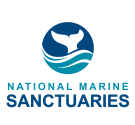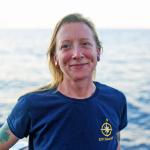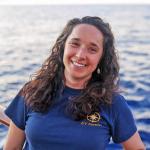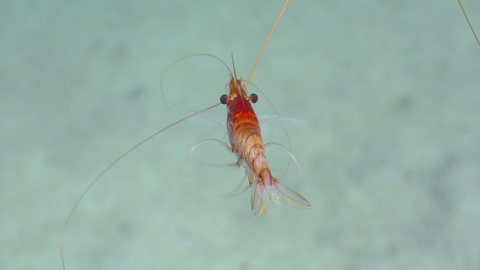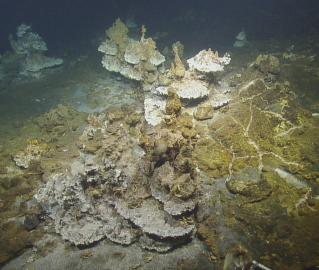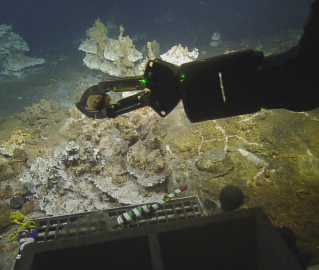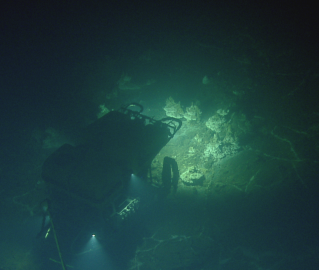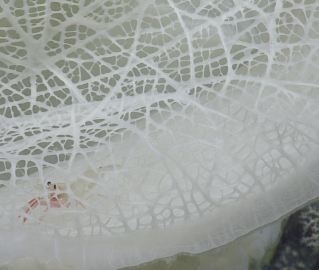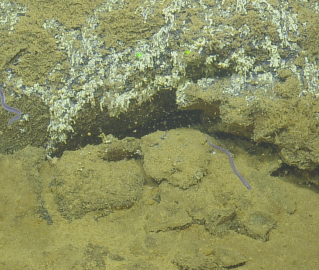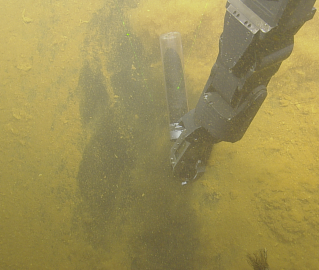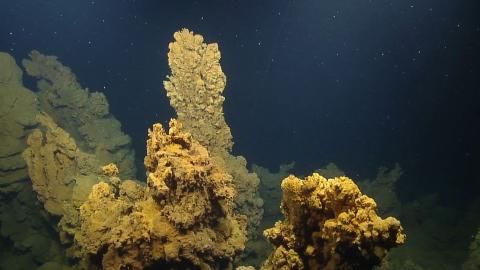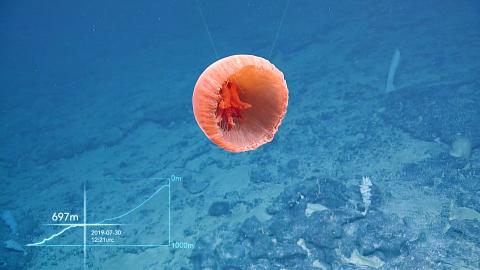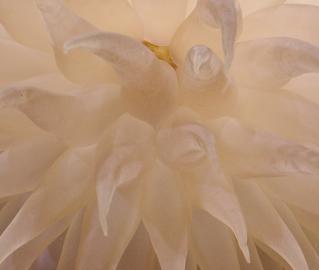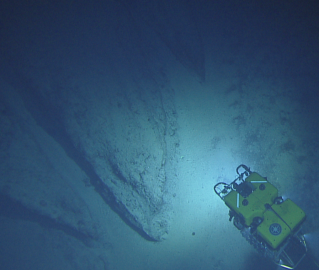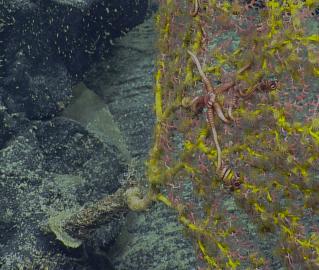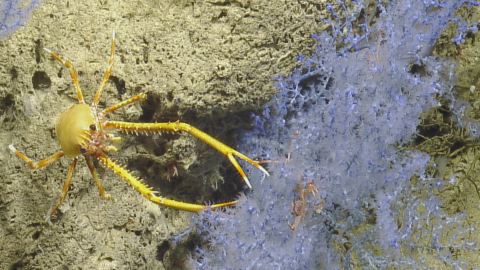The main objective of this expedition is to acquire baseline information on deep-sea and mesophotic habitat in American Samoa, with a special focus on the National Marine Sanctuary of American Samoa (NMSAS). Within deep-sea habitats, seafloor geology and biological communities will be documented and potentially new species of deep-sea coral and subsamples of rocks will be collected. In addition to seafloor mapping with multibeam sonar, a Lagrangian float will be utilized to capture high resolution photographic images of the mesophotic zone and associated biota.
American Samoa is the southernmost U.S Territory in the South Pacific, with the National Marine Sanctuary of American Samoa composed of six protected areas covering 13,581 square miles of nearshore coral reef and offshore ocean waters across the Samoan Archipelago. American Samoa is an oceanic archipelago with a small insular shelf, with the steep slope of the seafloor quickly dropping into mesophotic and deep sea depths.
Previous expeditions within this region provided a glimpse into the deep-sea habitat and mesophotic ecosystems of American Samoa. Mesophotic coral ecosystems occur in low light ocean zones from 30m to over 150m and are one of the most understudied components of the coral reef ecosystem. Expedition objectives include conducting a biological census of deep-sea and mesophotic communities, exploring a volcanically active seamount, seafloor mapping, and targeted sampling for potential new species and further environmental analysis. Data collection on the Nautilus expedition will help validate and further expand scientific knowledge of diversity and distribution of biological community assemblages within American Samoa and NMSAS.
Sponsored by: NOAA Office of National Marine Sanctuaries



